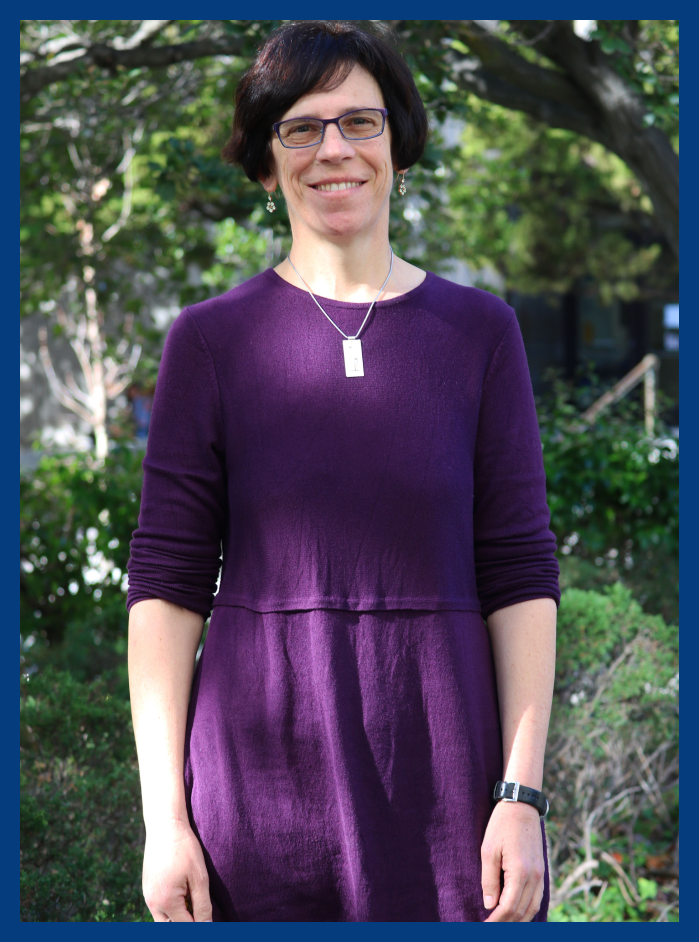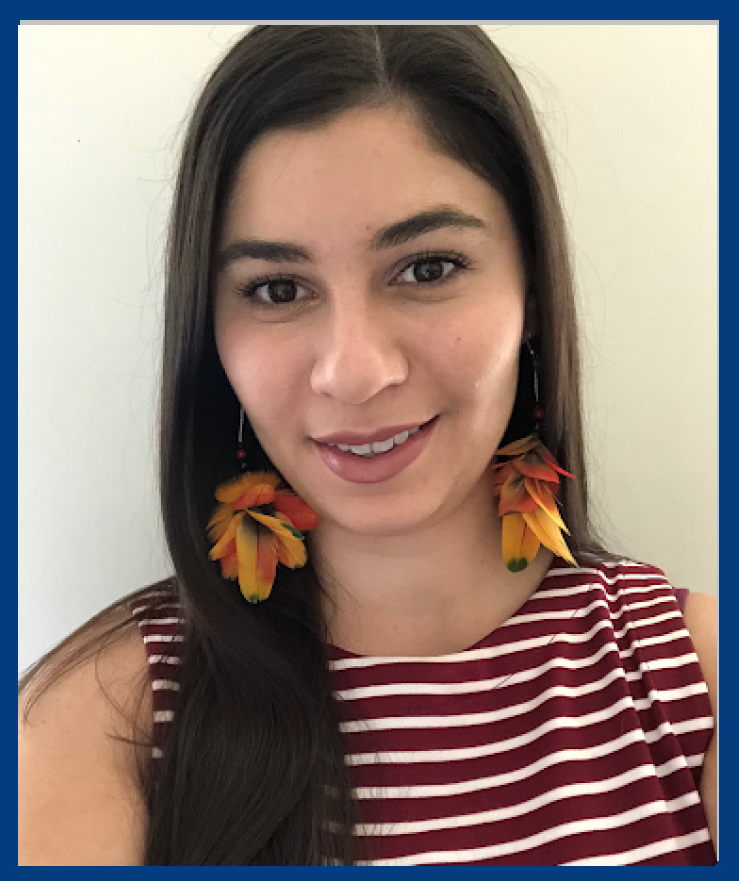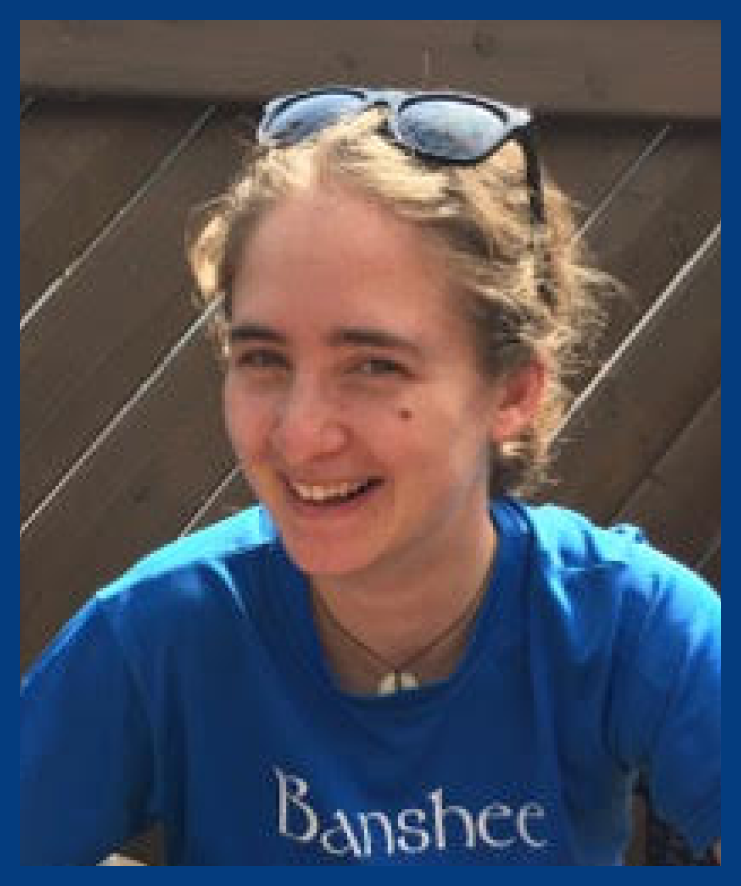
Karee is a 3rd year PhD student at UC Berkeley. Her primary research interests are in the phonetics-phonology interface and fieldwork. She is interested in how phonological encoding interacts with timing and articulatory planning to result in the phonological patterns seen in language. Additionally, she is interested in how understudied languages can help to discern the interaction between phonological encoding and cross-linguistic variation.

Sharon Inkelas is a Professor in the Linguistics Department at UC Berkeley, where she has taught since 1992. Since her 1989 Stanford University dissertation, her research has focused on the phonology-morphology interface; more recent research projects include Q Theory, child phonology, and Optimal Construction Morphology.

Myriam Lapierre is a 3rd year PhD student at UC Berkeley. Her research interests lie at the intersection of formal phonology, experimental phonetics, language documentation, and typology. Her work focuses on the sound systems of Amazonian languages of Brazil, and She has conducted in-situ fieldwork on three languages of the Jê family, namely Panãra, Mebêngôkre, and Kajkwakhrattxi. She is particularly interested in the phonetics and phonology of nasality, an areal phenomenon of Amazonian languages.

Martha Schwarz is a 2nd year PhD student at UC Berkeley. Her research investigates the phonetics-phonology interface through fieldwork. She is particularly interested in the typology, acoustics, and representation of laryngeal contrasts. She does fieldwork with speakers of Nepali and Kumal, two Indo-Aryan languages of Nepal with 4-way voicing and aspiration contrasts.

Stephanie Shih is an assistant professor and USC. Her research deploys computational approaches towards understanding the cognitive system of language. In particular, she focuses on the place of phonology within the linguistic system: what is its structure, and what is the nature of its interfaces with other components of language (and beyond)? Computation and natural language data allow us to break open these questions by making language (and its use) a tractable and quantifiable object for scientific study.

